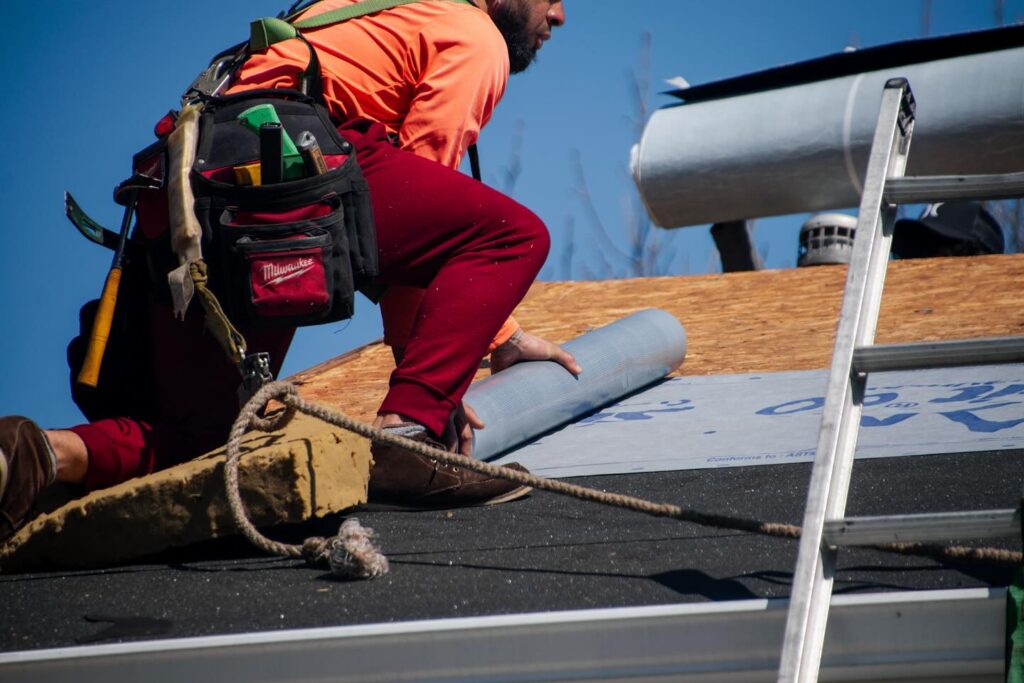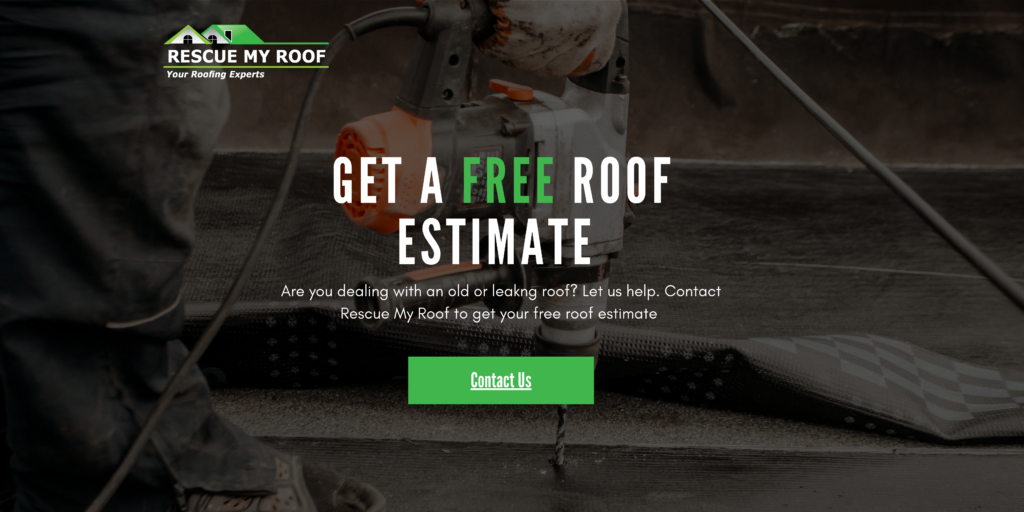Roof Installation | Roofing Contractors
4 Steps to Creating A Roof Replacement Estimate
As a homeowner, home improvements or repairs are significant investments.
When you want an estimate for any roofing job, whether it be a repair or a replacement, you want to know that the roofing company isn’t able to trick you into paying more.
You must know what goes into estimating a roofing job to avoid hidden costs or tricks.
Rescue My Roof has been educating homeowners for over a decade, guiding them through the roofing process. Ultimately, our homeowners can make the best decisions for their families, homes, and wallets.
This article will give you the steps roofing professionals follow to give an accurate roof estimate. In the end, you’ll know what the process looks like, allowing you to get through the process with ease.
How to Estimate A Roofing Job
Getting a roof estimate can seem daunting at first. But, with the right approach, it can be a straightforward process without hidden costs or tricks.
Here are the four steps roofers follow to give you an accurate roof estimate.
1. Inspect the Roof

Whether or not you need a total roof replacement or repairs will depend on the current state of your roof.
A roofing professional will inspect all components of your roof, including the gutters, shingles, soffit/fascia, and ventilation.
They will look for things like:
- Granule Loss
- Missing Shingles
- Cracked/Curling Shingles
- Rusted Flashing
- Blocked Gutters
- Gutter Damage
- Moisture Damage/Water Stains
- Mold in the Attic
Additionally, they’ll want to know how many layers your roof has and other details that may mean you should have a contingency fund for your roof replacement.
For example, if there are signs of moisture damage, it may mean your decking needs to be replaced. This will be an additional cost to factor into the estimate. Additionally, suppose there are issues with the gutters or other roofing components. In that case, those will also need to be factored into the estimate.
Learn more about what roofing inspectors do during a roof inspection with “What to Expect at Your Roof Inspection.”
2. Measure the Roof
The bulk of a roof estimate relies on the size of your roof. The larger the roof, the more money you’ll pay.
The primary measurement used in the roofing industry is a “square.”
1 square = 100 square feet of roofing surface.
If you measure a roof and it’s 1,800 square feet, then it’s an 18-square roof.
After measuring, you’ll know how much material you will need to cover the entire roof, accounting for extra materials that may be necessary if there is damaged product.
If you want an idea of the size of your roof before your appointment, here is how you can calculate the size:
To calculate the square footage of your roof, you will need three numbers; your home’s length, width, and a number ranging between 1.04 and 1.12 (the steeper your roof appears, the higher the number you use).
Using these variables, your calculation is going to look like this:
If your home is 40 feet long and 25 feet wide, this is the equation you’d use: 40×25=1000
Then, take your answer and multiply it by your steepness variable. I am choosing 1.12
1,000 x 1.12= 1,112 square ft.
Ta-da! A roof for the home with these dimensions would be approximately 1,112 square feet. This number won’t be perfect, but it can give you an idea.
3. Estimate Roofing Material Costs
A roofing professional can’t provide an accurate roof estimate without understanding material costs.
Here are some things roofers have to account for in their estimate regarding materials.
Estimating Shingle Costs
Roofing shingles are packaged in bundles. Roofers calculate how many bundles they need based on the roof’s total number of squares.
In general, you want to order 3 bundles per 1 roofing square (some shingle types may require more bundles per square).
A good rule to follow is adding 10 – 15% extra material to factor in for waste.
Estimating Nail Costs
Estimating nail costs starts with knowing how many nails per shingle you’ll need. Numbers vary depending on shingle manufacturers, but most shingles require 4-5 nails per shingle.
If most shingle bundles come with 15-29 shingles, you must multiply that by five nails.
Overall, the more nails and materials contractors use will increase costs. While your estimate may not have a specific nail cost, the more shingles and additional materials a company has to use, the higher the price.
Estimating Roof Flashing
Shingles and nails aren’t the only things making up your roofing system. Flashing is a metal piece used to create water-tight barriers around roof penetrations.
If your current flashing is in good condition, a roofing company may be able to reuse it. However, if it is rusting, bent, or filled with holes, it may be more cost-effective to replace it now rather than repair it later.
Estimating flashing depends on the specific style and brand you’ll install. Many contractors will use the flashing the shingle manufacturer recommends to ensure the roofing system is installed to their standards.
The more penetrations and flashing that need to be replaced – you guessed it – the higher the cost.
You can expect to pay more for materials like flashings if you have a roof with many vents and a chimney.
Estimating Ventilation Costs
As with flashing, ventilation costs depend on the type of vent you need. Your contractor may even recommend increasing the amount of ventilation or upgrading to active ventilation to ensure your roof’s safety.
You can learn more about the different vents types and their costs here.
Other Roofing Materials

A roof is complex. It has layers (like an onion).
These layers comprise things like ice and water shields, and underlayments.
You will be paying for these materials, but their cost solely depends on the manufacturer and the size of your roof.
Because prices vary, talk to your contractor to see the final price for all materials, including underlayments.
4. Creating the Formal Roof Estimate
After the individual estimates have been completed, the roofing contractor will compile a formal roof estimate.
The estimate will include a detailed project description, timeline, and pricing.
Typically, an itemized list of materials and labor is not included in the estimate unless requested by the homeowner. If you want a complete breakdown, it will likely happen after the initial estimate.
Pro-Tip: Experts recommend you get three to four roofing estimates. Learn more with “3 Things to Compare When Looking at Multiple Roof Estimates.”
Take on Your Next Roof Replacement
The cost of a new roof may seem pricey, but as you can see here, it varies due to many factors. The bigger the roof, the more complex it is, or the more expensive materials you choose will cause the overall price to increase.
Keep in mind prices will always vary from company to company. That’s why we recommend getting several estimates to determine the right contractor.
Learn more about getting started with your roof replacement with “3 Things to Compare When Looking at Multiple Roof Estimates” and “What to Expect At Your Roof Estimation Appointment.”
Are you looking for an estimate in the greater Milwaukee area? You’ve come to the right place. Rescue My Roof has dedicated a decade in the roofing industry to helping homeowners achieve their perfect roof. Contact us today to get a free estimate!


